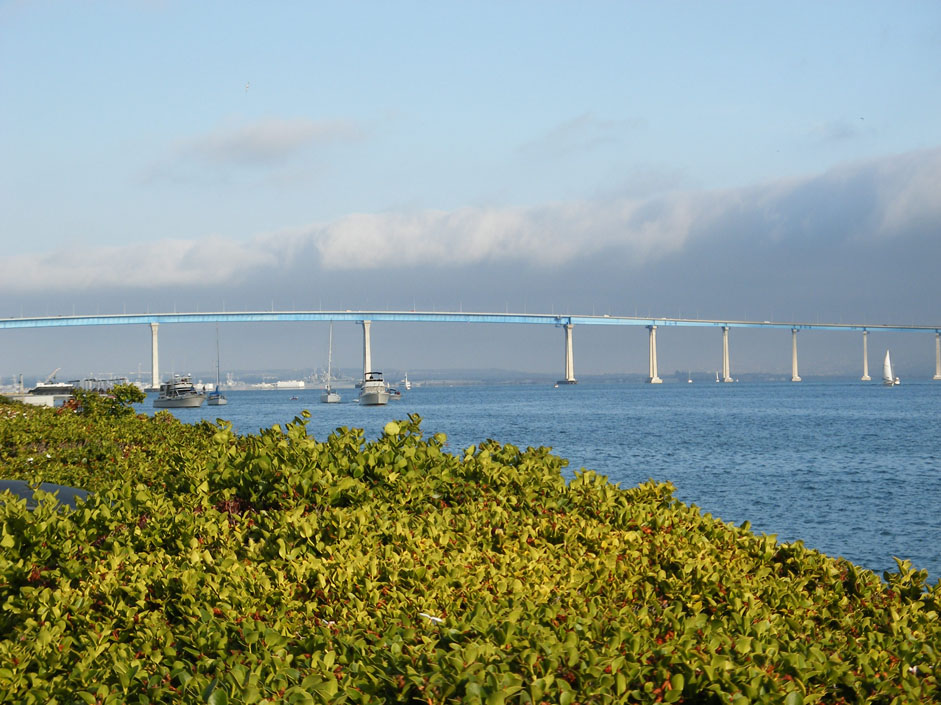Geography: Where Will It Take You Today?
Most students think that geography is memorizing the names and locations of countries, cities, capitals, rivers, etc. But geography is so much more than that. In a nutshell, Geography answers the question “What is where and why?”. Just as historians explore change over time, geographers explore change over space.
Geography is the study of Earth’s landscapes, peoples, places and environments. Geography is unique because it links the social sciences (human geography) with the natural sciences (physical geography). Human geography examines the dynamics of cultures, societies and economies, and physical geography examines the dynamics of physical landscapes and the environment.
Geography puts this understanding of social and physical processes within the context of places and regions. It looks at the differences in cultures, political systems, economies, landscapes and environments across the world, and the links between them.
Computerized mapping and data analysis is known as Geographic Information Systems (GIS). GIS allows us to view, understand, question, interpret, and visualize data in many ways that reveal relationships, patterns, and trends in the form of maps, reports, and charts. A GIS helps us answer questions and solve problems by looking at our data in a way that is quickly understood and easily shared.
Geography provides a framework for understanding
- The communities in which we live
- Our natural environments and the pressures they face
- The complexity and interconnectedness of the human and physical spheres
- The importance of location in decision-making
- How the world is changing both locally and globally
- How individual and societal choices affect the natural environment
- How the natural environment affects individuals and society

